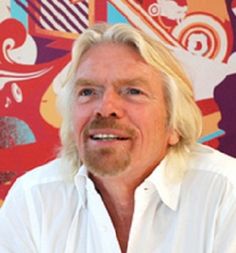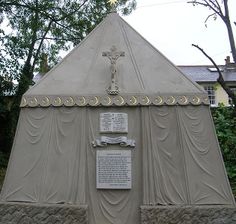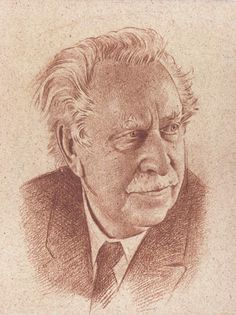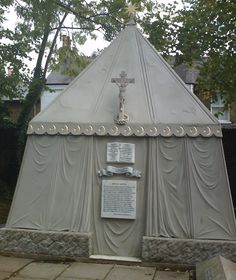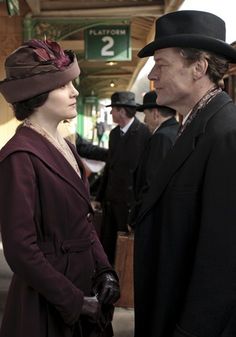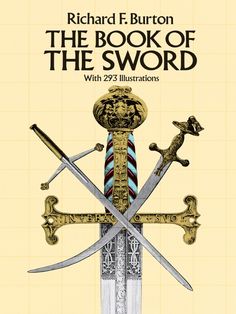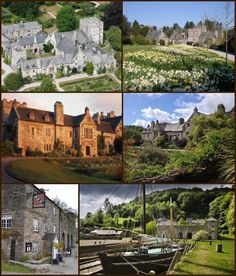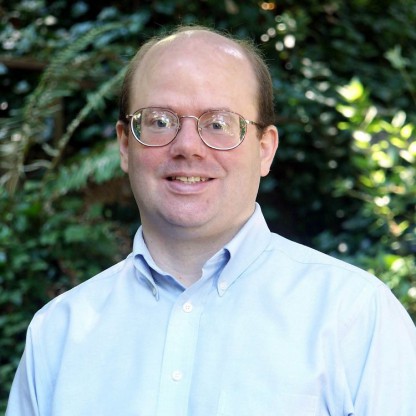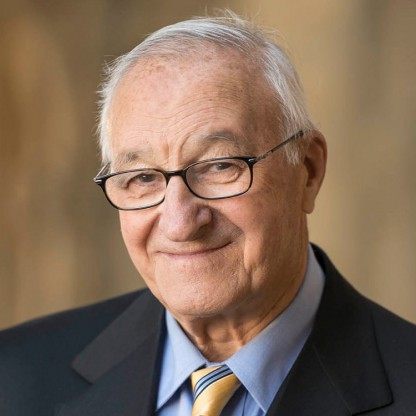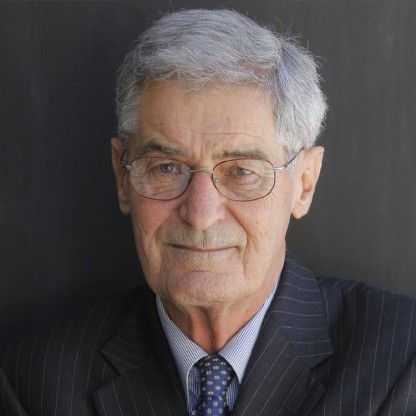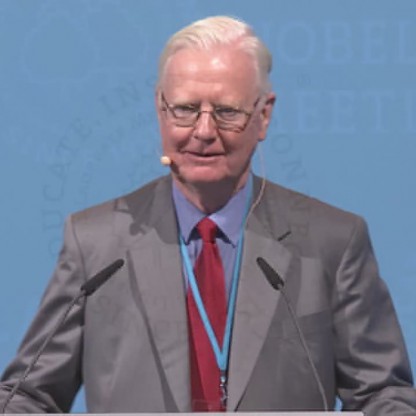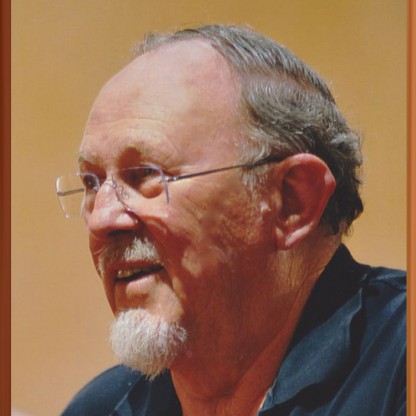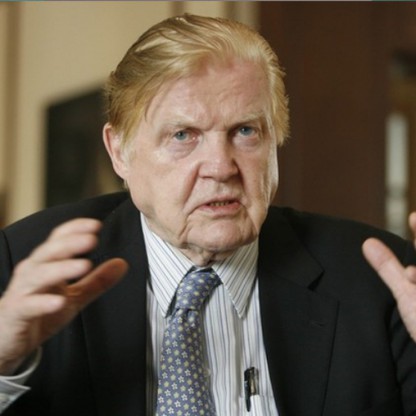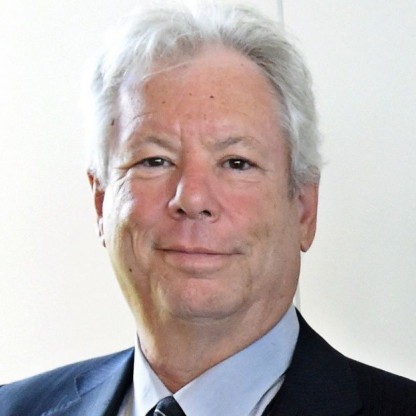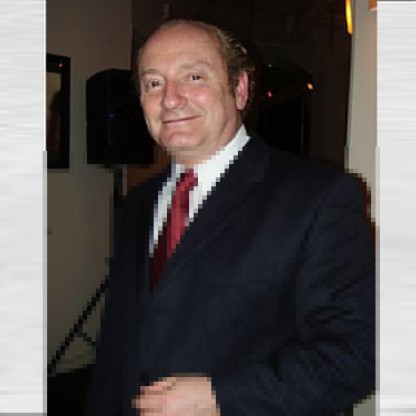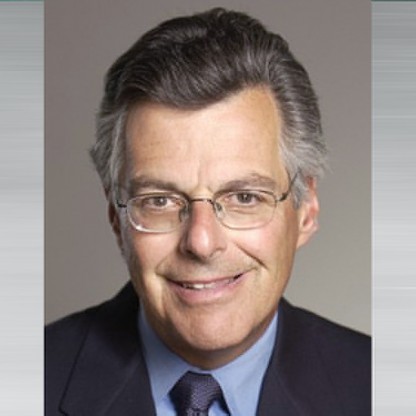Richard Stone was born in London, UK on 30 August 1913. He received an English upper middle class education when he was a child as he attended Cliveden Place and Westminster School. However, he had not been taught mathematics and science until secondary school. When he was 17 years old, he followed his father to India as his father was appointed as a judge in Madras. From India, he visited many Asian countries: Malaya, Singapore, and Indonesia. After travelling for one year, he went back to London and studied at Gonville and Caius College, Cambridge in 1931, where he studied law for two years.


